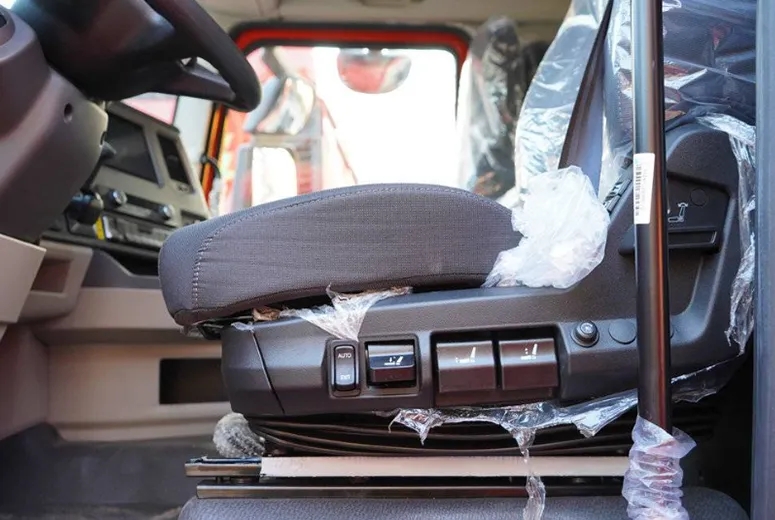Chassis Wiring Harness Design and Installation Techniques for Automotive Applications
Understanding Chassis Harness A Key Component in Automotive Design
The chassis harness is a crucial element in the realm of automotive engineering, serving as the central nervous system of a vehicle. This intricate web of wires and connectors facilitates the flow of electrical signals, enabling communication between various components and systems within the car. Understanding the importance and functionality of the chassis harness can provide insights into modern automotive design, safety, and performance.
What is a Chassis Harness?
At its core, a chassis harness is a collection of electrical wiring, connectors, and terminals that are assembled together to connect different parts of a vehicle. It is primarily responsible for powering electrical devices like lighting, sensors, and control modules, while also carrying data signals between various electronic control units (ECUs). In essence, the chassis harness transforms complex electrical requirements into a cohesive network that enhances the functionality of the vehicle.
The Structure of a Chassis Harness
The construction of a chassis harness consists of multiple components. Typically, it comprises
1. Wires The conductors that carry electrical power and signals. They come in various sizes and materials, with considerations for the vehicle's application, environment, and required current capacity.
2. Connectors These are essential for joining wires to devices and ensuring a reliable electrical connection. Connectors are designed to withstand vibrations, exposure to the elements, and various temperatures.
3. Terminals The endpoints of the wiring that connect to components, providing a secure interface for electrical connectivity.
4. Shielding and Insulation To protect the wires from electromagnetic interference and environmental damage, shielding materials are often employed. Insulation ensures safety by preventing short circuits.
5. Supports and Mounts These are used to secure the harness to the vehicle chassis, minimizing movement and wear over time.
Importance of the Chassis Harness
The chassis harness serves several crucial roles in modern vehicles
chassis harness

1. Electrical Distribution The harness distributes power from the battery to various systems such as lights, infotainment, and heating controls, ensuring each component receives the proper voltage.
2. Signal Transmission Beyond power delivery, the harness facilitates communication between sensors and control modules, essential for systems like anti-lock brakes, traction control, and advanced driver-assistance systems (ADAS).
3. Safety A well-designed chassis harness enhances vehicle safety by ensuring that critical systems operate reliably. Proper insulation and shielding can prevent electrical failures that could lead to accidents.
4. Weight Reduction and Space Efficiency Modern vehicles are often designed to be lighter and more compact. A well-engineered chassis harness minimizes weight while maximizing space, allowing for more efficient vehicle design and improved fuel economy.
5. Versatility and Upgradability As vehicles increasingly incorporate advanced technologies, the chassis harness must remain adaptable. A flexible harness design allows for easy upgrades and the integration of new features without significant re-engineering.
Challenges in Chassis Harness Design
Designing an effective chassis harness comes with its challenges. Engineers must consider various factors, including
- Compatibility As vehicles evolve, ensuring that the harness is compatible with both old and new systems can be a challenge.
- Environmental Resilience The harness must withstand harsh conditions, including temperature fluctuations, moisture, and vibration, which can lead to premature wear or failure.
- Manufacturing Efficiency The harness must be designed for mass production, ensuring that it can be manufactured efficiently without compromising quality.
Conclusion
The chassis harness is a fundamental component in the automotive industry, playing a vital role in the seamless operation of modern vehicles. As technology continues to advance, the requirements for chassis harnesses will only become more complex, presenting both challenges and opportunities for engineers and designers. Understanding the significance of this component not only enhances our appreciation for automotive engineering but also emphasizes the importance of innovation in creating safer, more efficient vehicles for the future.
-
SINOTRUK HOWO 84 Electric Dump Truck for Eco-Friendly Heavy HaulingNewsJul.26,2025
-
The Fast 16-Gear Manual Transmission Assembly for Heavy TrucksNewsJul.25,2025
-
Mercedes Benz Actros 1848 42 Tractor Truck for Sale - Reliable PerformanceNewsJul.24,2025
-
High-Quality Water Pump Assembly for Sinotruk Trucks – Durable & ReliableNewsJul.23,2025
-
Premium Truck Engine Antifreeze Coolant Fluid for Heavy Duty VehiclesNewsJul.22,2025
-
FOTON View G7 Mini Bus: Affordable & Spacious TransportNewsJul.22,2025
Popular products

























